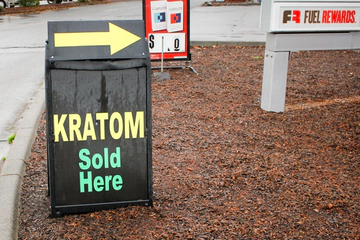
July 4, 2024
U.S. Supreme Court Revokes Bankruptcy Protections for Purdue Pharma Owners


In June 2024, the U.S. Supreme Court revoked the Sackler family’s bankruptcy protections, making them liable for future lawsuits related to the opioid crisis. The ruling acknowledges their role in deceptive practices that fueled the opioid epidemic, paving the way for new negotiations and potential accountability.

















































































